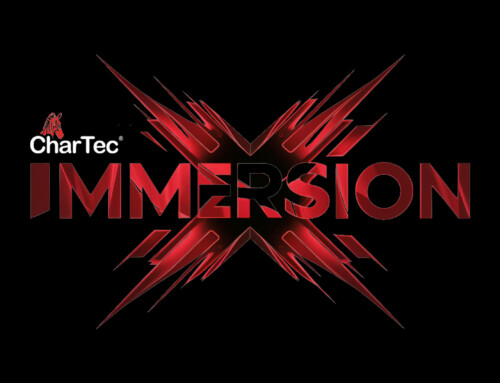One of the most common questions we get from new CharTec members is “How the heck do I convert all of these break-fix clients to full-blown managed services clients?”
You may have asked yourself this same question in the past, or you might even be asking yourself this same question now.
Our answer to this question is quite simple, and it comes in three parts; however, don’t let this 3-parter fool you. Conversion takes time, consistency, and a little bit of marketing. Here’s what we suggest.
Define your offering.
Before you even consider offering a break-fix client a managed services platform, you need to define what this offering is. What all is included and how much does it cost? We recommend narrowing this down to two separate offerings – Platinum and Plastic – with a formula for pricing that remains consistent and, above all, profitable. The best-in-class gross profit margins in our industry are right around 65% per agreement.
Define your sales process.
Converting from a break-fix situation to a managed services situation isn’t just a change for the client; it’s a change for your company. In fact, it’s a complete and drastic change of culture. Because of this, you can’t stop at a defined offering – you should follow it on through to a defined sales process.
Our sales process includes six key steps: the marketing message, the 1st interaction, the 1st appointment, the discovery, the presentation appointment, and the follow up appointment. Make sure that anyone who sells your strategically defined managed services offering sticks to your sales process. This will guarantee consistency, pricing accuracy, and needs development. To learn more about the CharTec Sales Process, check out our six-part series: MSP Sales Process.
Start the conversion process.
Once you’ve defined both your offering and your sales process, you can finally get to converting. And like we mentioned previously, this will involve a bit of marketing. But before you can actually market, you need to know who to market to.
To figure this out, take all of your current break-fix clients and separate them into three categories: A, B, and C. In theory, this separation should be a ranking, based on items such as profitability, likelihood to convert, and annual revenue. Your C grouping should consist of those break-fix clients that are ranked the lowest, and your A grouping should consist of the most profitable clients who are most likely to convert. And, well, the B’s should be somewhere in-between those two categories.
After you’ve done this, you need to create your marketing content. We typically shoot for a 90-day conversion campaign with an average of four emails, two postcards, and a handful of follow up calls. This content should build curiosity, explain the perks of transitioning to an MS platform, and help you develop a strong value proposition. Here are some quick guidelines to consider when creating content.
Start this campaign off with your C group first (consider it a practice round). After the campaign is over, measure your results, view your open and click rates, tweak the track, and try it out with your B group. Wash, rinse, and repeat with your A’s. And maybe again with your C’s and B’s until they tell you to go away.







Leave A Comment